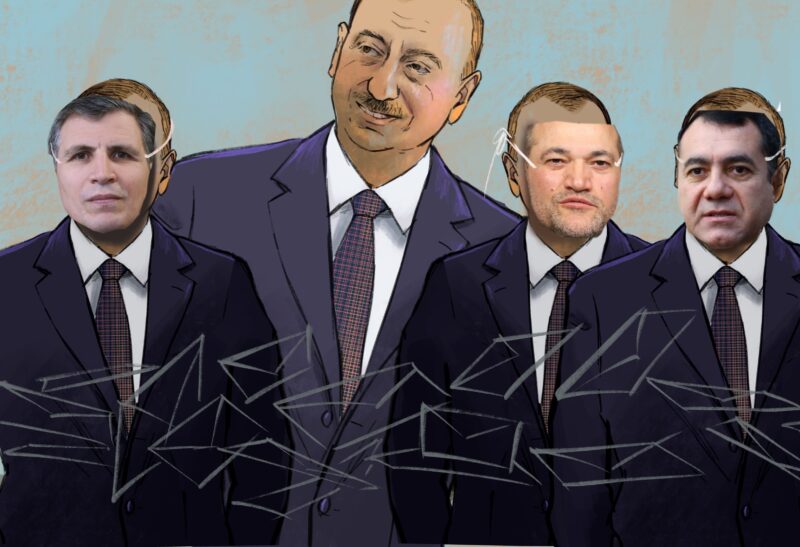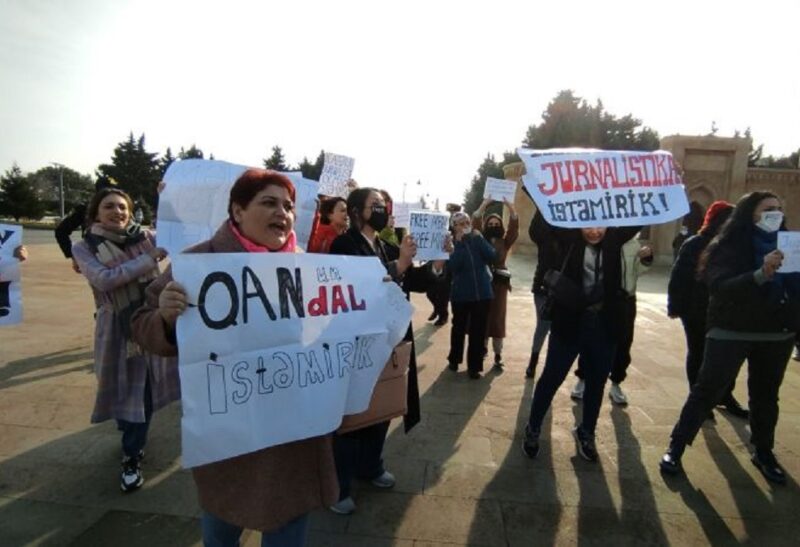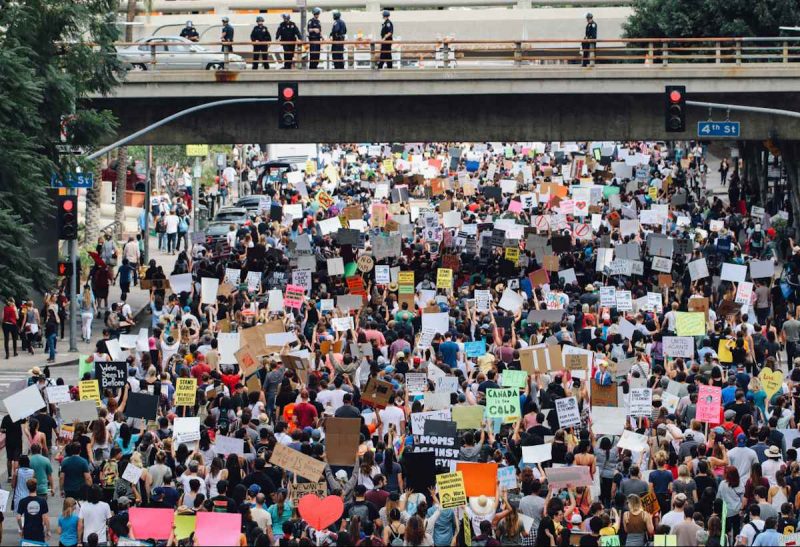Eyes burning, hands slightly shaking, screaming people all around and despite everything the unbeatable determination of the protesters. A cloud of thick white smoke spread across the square. Hundreds of riot police officers sealed off the Gezi Park. More tear gas, people falling down from the pressurized water coming out of the water cannons. Few minutes to get the strength back. And then another attempt to walk to the square. It went like this for hours, days, and weeks until it was time to celebrate. The park once again belonged to the people. Hundreds of colorful tents occupying the park, speeches made from the makeshift stage, songs composed and sang. And then the violence, the burning in my lungs, the angry looks of riot police. This is how I remember the Gezi protest – the smoke, red flags with crescent and a star, shock of the extent of police brutality and people silenced by the power of one man, one party. Gezi protests became the symbol of awakening for many in Turkey. It was that last drop of patience, and from that summer onward, it was clear Turkey was no longer going to be the same again.
Divided
There are few things that come to mind these days when Turkey is mentioned in conversations – the mining tragedy in a small town of Soma in Manisa and the government spectacle that followed; the brief Twitter ban in March and the on-going ban on YouTube. Then there is the on-going corruption scandal against key government officials, including Turkey’s Prime Minister Recep Tayyip Erdogan himself and his immediate family. Overall, there is a growing sense of understanding that the Prime Minister has gone off the rails and lost touch with reality.
The most recent proof of this is the Prime Minister’s response to the country’s largest mining accident. In his first press statement, PM Erodgan likened the tragedy to the mining incidents of the 19th century, adding such incidents were normal in the mining industry today. He forgot to mention for instance that the gas masks used by the workers were 15 years pass expiry date. Instead of using the moment to pull the already polarized and divided society together, the premier yet again showed how little does he care about having one united Turkey.
Perhaps expecting a turnout of that of his typical pro-government rallies and support groups as seen during the pre election campaign, the Prime Minister was instead greeted by the angry residents of the town following his sarcastic press statement. They were calling him a murderer and telling him to resign. That however did not budge him. And why would it if his very own aide, Yusuf Yerkel (who refused to comment on the incident when approached for an interview) was photographed kicking a protester who was on the ground and already held by two riot police officers (Yerkel was dismissed from his job just days ago). Mr. Erdogan himself was reportedly captured on cameras slapping one local resident at a supermarket where the premier his entourage sought refuge. In an interview with local media the man in question confirmed the slap, saying that such incidents were normal in this day and age, and added that he was not planning to press any charges.
Days before the mining explosion, Mr. Erdogan was shown yelling at the head of the Union of the Turkish Bar Association, Metin Feyzioglu. The Prime Minister was unhappy hearing what Feyzioglu had to say about the mounting crackdown on press freedom, social media, assembly, the recent string of legislative amendments and the premier’s (in)ability to handle any of the events of last year, starting from the summer protest to corruption probe and, most recently, the May Day celebrations. Mr. Erdogan stood up and began accusing Mr. Feyzioglu of ill manners and lying.
The Gezi protest brought out the side of Mr Erdogan that was not so visible before – intolerance, impatience, and the manic search for enemies. Power has without a doubt blinded him from seeing beyond his party lines. But Gezi protests brought out the side of Mr. Erdogan’s Turkey that was not visible before either – more polarized than ever, with half of the country no longer able to keep their patience and calm towards growing intolerance and arrogance. It is the emergence of these two different power structures that can explain the new Turkey since the summer of protests. So far neither of the two: the post-Gezi Mr. Erdogan and the post-Gezi Turkey – are anywhere near reconciliation. The premier’s growing impatience isn’t helpful to address the new grievances and rebuild the country either.
Country’s biggest challenge
In its twelve years of rule and eight victories at the polls, the Justice and Development party of the Prime Minister Erdogan ruled Turkey in a style that is more and more reminiscent of an authoritarian rule, even if Mr. Erdogan refuses to accept it. The past year is only a proof of this. There is no level of tolerance to any kind of criticism and often any criticism is turned and twisted in a way that only benefits the party and its head. When Germany’s president Joachim Grauck criticized the Prime Minister for his leadership style, Mr. Erdogan snapped back saying, “keep your advice to yourself.” In general, snapping has become the style of Mr. Erdogan’s response in the past year, whether it is in response to the head of the constitutional court, the head of the Union of Bar Association or the international institutions. The question is how far the snapping and banning and arrogance will get Turkey. At least in a year since Gezi protest, it doesn’t look like the country has gone anywhere too far.



